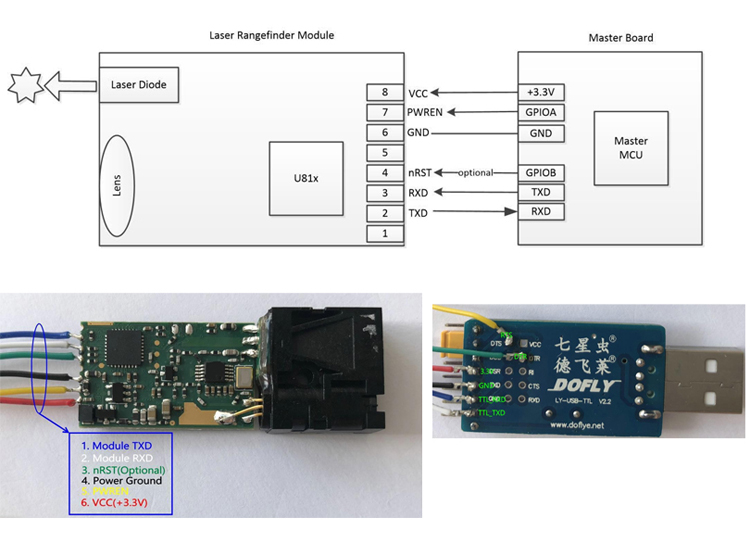Standard No. StandardNo: GB/T 5009.91-2003
Chinese Standard Name StandardTitle in Chinese: Determination of Potassium and Sodium in Food [1]
English Standard Name: Determination of potassium and sodium in foods
Release date IssuanceDate: 2003-8-11
Implementation date ExecuteDate: 2004-1-1
First release date FirstIssuance Date: 1990-3-19
Standard State StandardState: Current
Review Confirmation Date ReviewAffirmance Date: 2004-10-14
Plan No. Plan No:
Replacement country label ReplacedStandard: GB/T 12397-1990
Replaced country label ReplacedStandard:
Abolition time RevocatoryDate:
Adopt International Standard No. AdoptedInternational Standard No:
The adopted name is AdoptedInternational Standard Name:
Adoption degree ApplicationDegree:
Adopt the international standard AdoptedInternational Standard:
International Classification Classification Number (ICS): 67.040
China Standard Classification Number (CCS): C53
Standard Category StandardSort: Method
Standard page number Number ofPages: 5
Standard Price (yuan) Price(Â¥): 8
Administration Governor: Ministry of Health
The focal point TechnicalCommittees: Ministry of Health
Drafting Committee DraftingCom: Institute of Nutrition and Food Hygiene, Chinese Academy of Preventive Medicine
The main purpose of formulating food nutrition label management methods is to guide and standardize the labeling of food nutrition labels of enterprises, guide consumers to rationally select foods, promote dietary nutrition balance, and protect people's health.
The flame photometer is an analytical instrument designed and manufactured based on the principle of flame emission spectroscopy. It mainly consists of an injector, an atomizer, a mixing chamber, a burner, a monochromator, and a photoelectric system.
1, flame stability
Flame is an important factor in the generation of atomic excitation, so flame stability is an important prerequisite for the accuracy of the flame photometer data. Since the optimal ratio of combustion gas to air is the key to flame stability, it is only possible to achieve accurate detection data by a flame photometer that achieves the best gas/air ratio.
2, calibration error [5]
Pre-calibration of the analytical instrument is an important step in ensuring the accuracy of the analytical results. Due to human error, laboratory environment fluctuations (temperature, air pressure, wind speed, voltage, etc.) often introduce errors into the calibration of the instrument, only the flame photometer with calibration correction can effectively reduce the error in the calibration process to improve the accuracy of the analysis results. Sex
3, overrange error
Each sample analysis should be performed within the linear range of the flame photometer, otherwise the sample must be diluted or concentrated to ensure that its concentration is within the range. However, each dilution or concentration of the sample is a process of introducing errors, and the error is exponentially amplified with the number of dilutions or concentrations. Therefore, the selection of a super-large range of flame photometers is extremely meaningful for effectively reducing such errors;
4, reading error
The reading method of the flame photometer is divided into single point reading and continuous reading. According to statistical principles, the data for single-point readings is far less representative than the mean of consecutive readings. Therefore, the flame photometer with continuous reading can improve the accuracy of the data to a large extent.
Solving the error defect design of the flame photometer is the key to improve the detection accuracy, and it is also the problem that the current analysis users pay attention to in their respective application fields.
Modern flame photometer
The modern flame photometer has the following features:
1. Built-in air compressor design, each flame photometer is adjusted to the best gas/air ratio point by the manufacturer before leaving the factory to avoid the error caused by the external air compressor artificial adjustment;
2, built-in calibration correction function, can effectively avoid various random errors in the instrument calibration process;
3, the range of ultra-large range, the range of the range is 5 times that of other flame photometers, which can basically realize the sample liquid analysis to avoid the error caused by sample dilution and concentration;
4, continuous reading, using more than 20 consecutive readings per second, and automatically remove invalid readings, display the average reading, so that the test results are more accurate;
5, standard data management software, can automatically record the print test data and continuous reading curve, so that the test results record more comprehensive, the software meets the GLP specification;
6, can carry out IQ / OQ verification to meet high-end laboratory management requirements.
It fundamentally overcomes the design flaws that cause errors, and can provide efficient and accurate support in the application of potassium and sodium in food, and is a good solution for this test.
Micro Laser Distance Sensor
New product of U85 micro laser distance sensors use highly focused class 2 laser to detect objects or measure distances, and can return a measured value via varieties intface( serial, usb, rs232, rs485, bluetooth etc.). The electronic distance sensor is a very small Laser Distance Sensor, but high resolution up to 1mm and long distance measuring sensor - teachable measuring range of up to 30m. Extremely accurate distance sensing sensors, errors down to ± 1mm. And the mini sensors and measurements support continuous measurement function, great for compact solutions(eg: robots) with the smallest Laser Distance Sensor of the world!

Parameters of U85:
|
Accuracy
|
±1 mm (0.04 inch)
|
|
Measuring Unit
|
mm
|
|
Measuring Range (without Reflection)
|
0.03-20m/0.03-30m
|
|
Measuring Time
|
0.1~3 seconds
|
|
Laser Class
|
Class II
|
|
Laser Type
|
620nm-690nm, <1mW
|
|
Size
|
41*17*7mm (±1 mm)
|
|
Weight
|
About 4g
|
|
Voltage
|
DC2.0~3.3V
|
|
Electrical Level
|
TTL/CMOS
|
|
Certifications
|
CE, FCC, RoHS, FDA
|
|
Operating Temperature
|
0-40 ℃ (32-104 ℉ )
|
|
Storage Temperature
|
-25~60 ℃ (-13~140 ℉)
|
Mini Laser Distance Sensor,Optical Laser Distance Sensor,Smallest Laser Range Sonsor,Laser Measuring Sensor
Chengdu JRT Meter Technology Co., Ltd , https://www.rangesensors.com





